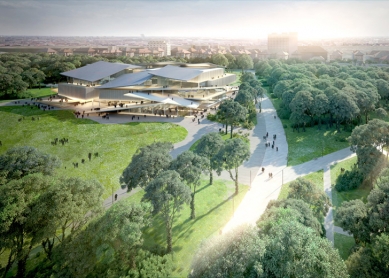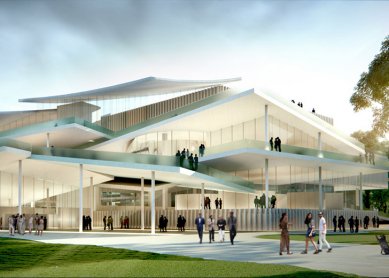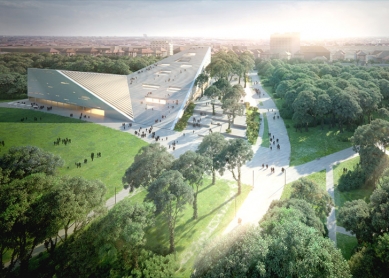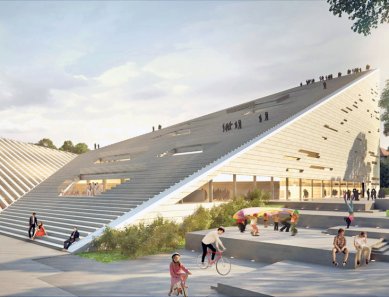
Budapest wants to attract hundreds of thousands of tourists to a new museum quarter
Budapest - The Hungarian government has completed plans to build a new museum quarter in Budapest's City Park by the summer of 2019, from which it expects a greater influx of foreign tourists. The commissioner of the whole project, László Baán, stated in a parliamentary committee that the project, costing 200 billion forints (about 17.5 billion Czech crowns), should attract an additional 300,000 tourists annually, helping the capital compete with other popular European destinations such as Prague and Barcelona, as reported by Reuters. According to the commissioner, the investment made in the project should be recouped in 15 years.
In the area of City Park near Heroes' Square, there is already a zoo, the thermal Széchenyi Baths, and four museums. The project includes the renovation of the entire space and the construction of a new national gallery, a museum of music, an ethnographic museum, and state restaurant workshops and warehouses. The photography and architecture museums that were also originally planned for this site are to be built elsewhere in Budapest, according to Baán. The city theater, which was demolished in 1952, is also set to be rebuilt here.
Renowned architectural firms, such as the Norwegian studio Snohetta and the Japanese firm Sanaa, are involved in the project. The new plans promise to revitalize the concrete area that served for parades during communism and later primarily as a parking lot.
Critics from the political opposition, architects, environmentalists, and local residents argue that the entire project is political, unnecessary, overpriced, and additionally will reduce green spaces in the capital.
Baán rejected these objections, stating that the new construction will only utilize areas currently covered by concrete.
The two-million-strong Budapest, which hosts one of Europe's leading music festivals, Sziget, as well as Formula 1 races at a nearby circuit, has ambitious plans for further development, including a bid to host the Summer Olympics in 2024.
In the area of City Park near Heroes' Square, there is already a zoo, the thermal Széchenyi Baths, and four museums. The project includes the renovation of the entire space and the construction of a new national gallery, a museum of music, an ethnographic museum, and state restaurant workshops and warehouses. The photography and architecture museums that were also originally planned for this site are to be built elsewhere in Budapest, according to Baán. The city theater, which was demolished in 1952, is also set to be rebuilt here.
Renowned architectural firms, such as the Norwegian studio Snohetta and the Japanese firm Sanaa, are involved in the project. The new plans promise to revitalize the concrete area that served for parades during communism and later primarily as a parking lot.
Critics from the political opposition, architects, environmentalists, and local residents argue that the entire project is political, unnecessary, overpriced, and additionally will reduce green spaces in the capital.
Baán rejected these objections, stating that the new construction will only utilize areas currently covered by concrete.
The two-million-strong Budapest, which hosts one of Europe's leading music festivals, Sziget, as well as Formula 1 races at a nearby circuit, has ambitious plans for further development, including a bid to host the Summer Olympics in 2024.
The English translation is powered by AI tool. Switch to Czech to view the original text source.





0 comments
add comment











